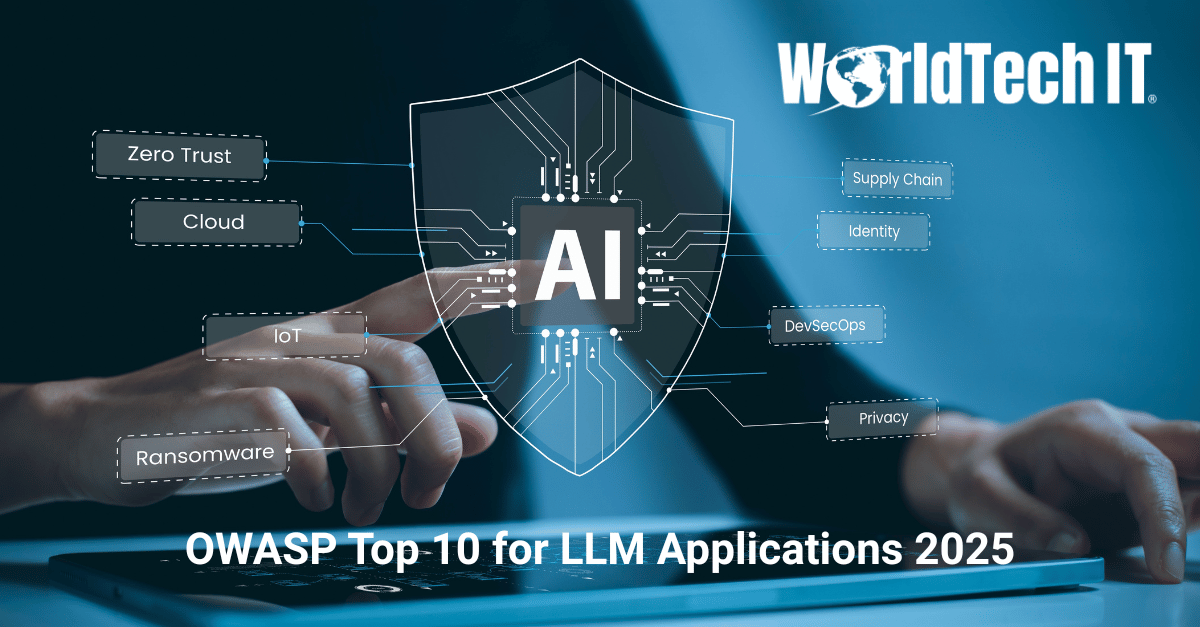Simplify Cloud Networking with F5 Distributed Cloud Services
Digital transformation for state and local governments and education relies on a solid networking foundation. However, cloud adoption complicates traditional networks. Among U.S. state CIOs, 30% have completed a cloud strategy or roadmap while the remainder are working on cloud strategies, and each state averages just over 7 cloud providers in use.1 Cloud networking is a necessity, but it doesn’t have to be complicated.
For many, cloud networking involves virtualizing traditional networking tools and hosting them in the cloud. While this allows network teams to stick with what they know, those legacy tools are starting to pose a problem. Between dynamic cloud environments and the rapid pace of application delivery, the amount of effort required to keep all of the network policies in sync has skyrocketed. This leaves network teams dealing with management overhead and pressure from their internal customers.
Let’s examine three key challenges network teams are facing with today’s cloud environments and how F5 can solve them with a single SaaS-based solution.
Supporting the Network Needs of Your App Teams
Developers are under tremendous pressure to get new apps to market quickly, and they make frequent changes due to continuous innovation/continuous delivery (CI/CD). Apps or updates to them require changes to the network, which is frequently either a manual process or one with limited automation. This unfortunately makes the network team a bottleneck even as they work as fast as they can to update multiple route tables, firewall access lists, failover, high availability configurations, and more.
F5 can both speed up and simplify these network changes. With F5® Distributed Cloud Multicloud Networking, connectivity between clouds and apps is managed from a single console, enabling consistent configuration, routing, access, and segmentation. This makes it easy to set up new sites and connections with just a few clicks. The F5 platform uses automation to handle the rest, including resolving any IP conflicts. Automate with Terraform or Red Hat Ansible to deploy even faster with consistent performance.
App teams are also concerned with performance, such as ensuring rapid and reliable app delivery. F5® Distributed Cloud Services (which encompass Distributed Cloud Multicloud Networking and solutions for security, performance, and fraud prevention) provide app-level dashboards for observability to quickly troubleshoot performance issues to keep apps available.
Fulfilling Security Requests Quickly
Network teams are frequently under pressure to update security policies. Doing this correctly can be a slow process with so many areas to manually update, which in turn can make the security team impatient. The fact that security and network teams are often siloed doesn’t help, forcing the network team to act as a go-between for security.
Unlike traditional networking appliances, F5 Distributed Cloud Services can provide security direct access to reporting and policies via role-based access control in the Distributed Cloud Console. This means NetOps no longer needs to carry out security policy changes, as the security team can make their own updates and verify network policies meet their standards.
Growing Cloud Complexity
Cloud networking is no small task when using legacy tools—even with multiple instances from the same provider, network teams must create new routing tables, update the firewall, and so on. However, this work is compounded by multiple cloud providers, each with its own proprietary toolset and process. Multi-cloud also impedes visibility, making it difficult to troubleshoot problems.
F5 Distributed Cloud Multicloud Networking vastly simplifies cloud networking, no matter which cloud providers you’re using. The standardized platform works the same with every cloud, as well as with on-premises or edge environments. Setting up network connections and policies takes just a few clicks, and it provides end-to-end visibility to monitor performance and remediate issues.
Network teams can also take advantage of the F5 Global Network, a private backbone that provides secure app-to-app connectivity across cloud and edge sites. All F5 points of presence are redundantly connected and offer routing, SD-WAN termination, load balancing, multi-layer security, Kubernetes-based app orchestration, and a globally distributed app gateway. For state, local, and education, this means you can restrict data from leaving the U.S. in addition to increasing reliability and security.

Ready to Simplify Your Cloud Networking?
Cloud doesn’t have to be complicated. F5 solutions reduce manual effort while improving network visibility, security, and performance. Count on WorldTech IT to help you figure out the right solutions and maximize value for your organization. Contact us today to schedule a call with one of our experts, or ask any questions you may have below!
Source:
1. NASCIO, Capitals in the Cloud Part II: Changing the Cloud Conversation, Oct 2023



Leave a Reply